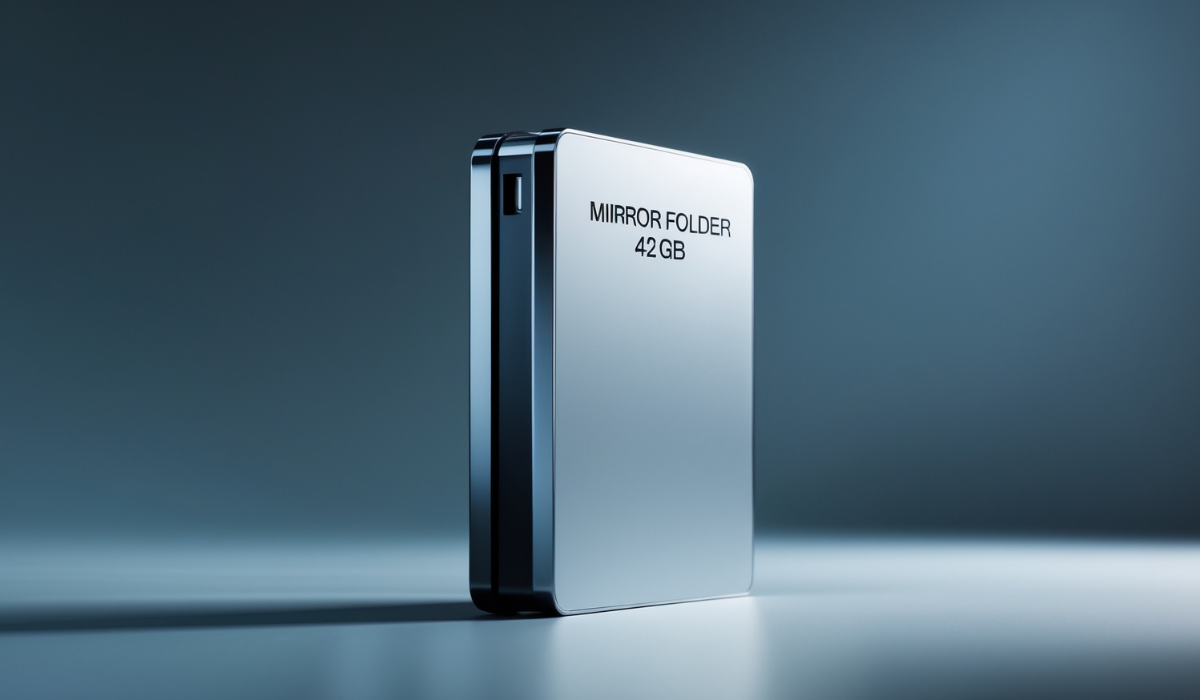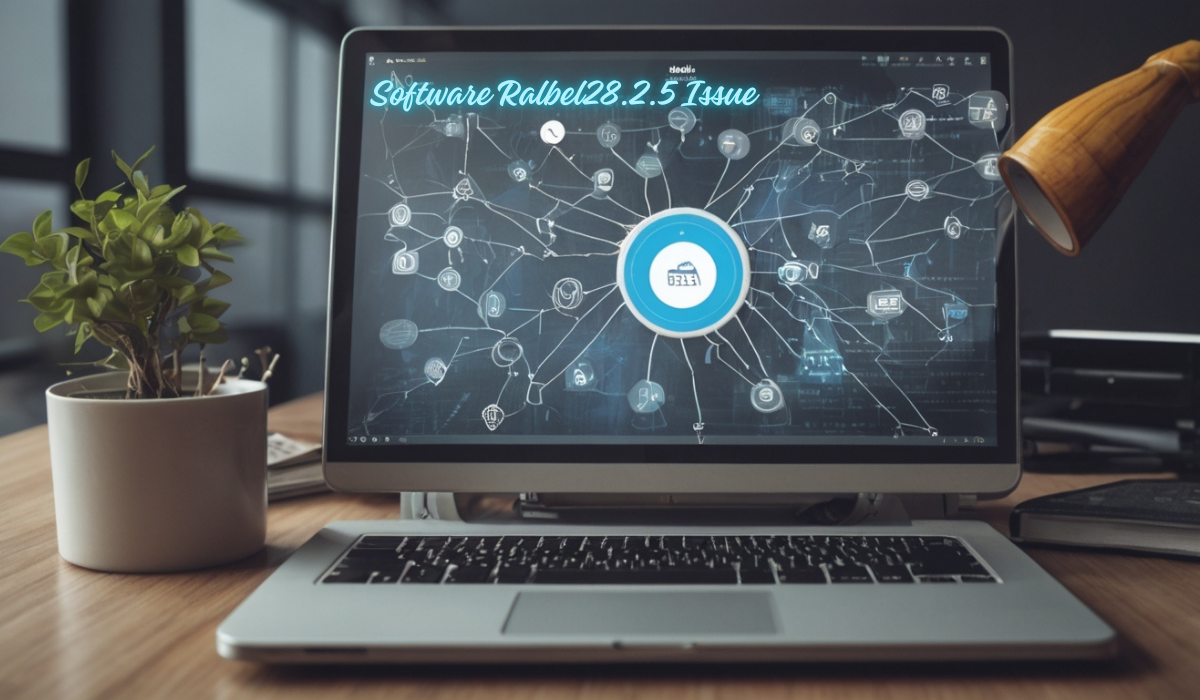What is a Mirror Folder 42GB? A Guide to Efficient File Management
INTRODUCTION
Efficient and secure file management has become more important than ever in our data-heavy world. Whether you are an individual safeguarding personal files or a business handling sensitive data, establishing a reliable backup and synchronization system can save you from potential data loss or mismanagement. That is where a mirror folder comes into play.
A Mirror Folder 42GB ensures that every change made to the original folder gets instantly synced to its duplicate folder, creating an exact replica. When paired with adequate storage capacity (for example, 42GB), a mirror folder can serve as a powerful tool for seamless file management.
Curious to learn how a mirror folder works and why it could be the right choice for your data management needs? This guide will walk you through everything you need to know from understanding mirror folders to setting one up efficiently.
What is a Mirror Folder?
A mirror folder is a folder that automatically synchronizes with another predefined folder, keeping both folders identical in real-time. Unlike traditional backups, which record only file changes periodically, mirror folders work dynamically. Whenever you create, modify, or delete a file in the original folder, the mirrored version automatically reflects these changes.
Here’s how it works:
- Real-time Monitoring: The original folder is continuously monitored for any new additions, modifications, or deletions.
- Automatic Replication: Detected changes are automatically replicated in the mirrored folder.
- One-Way or Two-Way Sync Options:
- One-way: Changes in the original folder are copied to the mirrored folder, but not vice versa.
- Two-way: Any change in either folder is reflected in the other, ensuring bidirectional synchronization.
The term “42GB” typically refers to the storage capacity allocated for these mirror folders. A 42GB folder size is sufficient for most personal users and small businesses. It can comfortably store essential files, documents, videos, or photos without causing overwhelming storage issues.
Why Use a Mirror Folder?
Setting up a mirror folder provides many benefits, especially for data-heavy users who are managing up to 42 GB of files in the mirror folder. Let’s look closer at how mirror folders boost productivity, data security, and peace of mind.
1. Data Backup in Real Time
Mirror folders act as a real-time safety net for your files. If your computer crashes or a file becomes corrupted, you’ll always have the latest copy available in your mirrored folder.
2. Seamless File Synchronization
With changes automatically mirrored, you no longer need to waste time manually syncing files. This especially benefits businesses working on team projects or remote work environments.
3. Easy Collaboration
When using shared folders as mirrors, teams can collaborate effortlessly, knowing that the latest version of the file is always available to everyone.
4. Prevent Data Redundancy
Unlike backups that store multiple versions of the same file, mirror folders focus on keeping only the most updated version. This reduces redundancy and optimizes storage space.
5. Organizational Efficiency
You can create secondary access points or systems by mirroring critical data sets. This is crucial for businesses that rely on uninterrupted workflows.
How to Set Up a Mirror Folder for 42GB Files
Creating a mirror folder is a straightforward process. Follow these moves to guarantee a smooth arrangement:
Step 1. Prepare Your System
Before you start, ensure you have the following:
- Adequate Storage Space: Confirm that you have at least 42GB of free storage in the mirror folder on the device(s) where your mirrored folders will be created.
- Stable Network Connection (if syncing data across multiple devices): Make sure your internet connection is strong for seamless synchronization, particularly for large file transfers.
Step 2. Choose the Right Software
Selecting reliable software for managing your mirror folder is essential. Here are some highly rated options:
- FreeFileSync (free): Useful for personal projects requiring real-time synchronization.
- Microsoft OneDrive (subscription-based): Great for professionals and businesses managing files across multiple devices.
- GoodSync (paid): Known for its reliability and advanced syncing options.
- SyncToy (discontinued): A lightweight solution for Windows users, though no longer supported.
Step 3. Configure Sync Settings
Once you have your software installed:
- Identify the original and mirrored folders.
- Configure synchronization rules based on your needs (e.g., one-way or two-way).
- Set up schedules if your software offers periodic syncing (though real-time syncing is recommended).
Step 4. Test the Configuration
Add, edit, and delete a sample file in the original folder. Confirm that the changes replicate correctly in your mirrored folder of 42 GB.
Step 5. Monitor Performance
Regularly check that the synchronization process runs smoothly, especially when managing large file sizes like 42GB.
Common Issues and How to Fix Them
While mirror folders are relatively hassle-free, you may encounter occasional hiccups. Listed below are common problems and solutions:
1. Storage Capacity Errors
- Issue: Insufficient storage to replicate data (e.g., larger than 42GB).
- Solution: Upgrade storage or reduce the size of the original folder by deleting unnecessary files.
2. Sync Delays
- Issue: Files are not syncing in real-time.
- Solution: Double-check the sync settings in your software and ensure your internet connection is stable.
3. File Conflicts
- Issue: When files with identical names but different content exist in the original and mirrored folders (common in two-way sync).
- Solution: Configure the software to prompt before overwriting files or to merge versions based on timestamps.
Tips for Data Security with Mirror Folders
When managing sensitive data, it’s vital to prioritize security. Follow these tips to guarantee your reflected information stays safe:
- Use Encryption
Choose software that offers built-in encryption during file transfers and storage.
- Secure Shared Access
If your mirrored folder is shared, restrict permissions to individuals who need direct access.
- Enable Two-Factor Authentication (2FA)
For cloud-based mirror folders, enable 2FA for added security against unauthorized logins.
- Regularly Update Software
Install updates promptly to ensure your synchronization tool remains secure against the latest vulnerabilities.
- Run Periodic Backups
Remember, mirror folders are not a replacement for backups. Maintain a dedicated backup plan for extra protection.
Conclusion
Mirror folders simplify file management, safeguard precious data, and boost productivity across personal and professional realms. With mirror folder 42GB of allocated space, you can store countless documents, photos, media files, and more, without worrying about losing important information.
By understanding how mirror folders work, setting them up properly, and choosing the right software, you can streamline your workflow and ensure that your data is both accessible and secure.




Post Comment